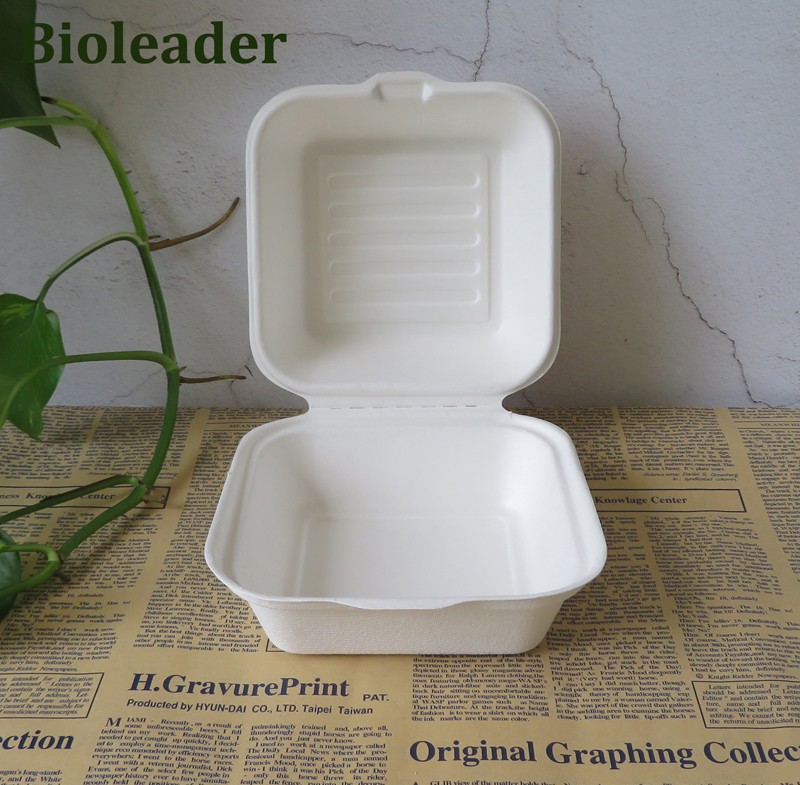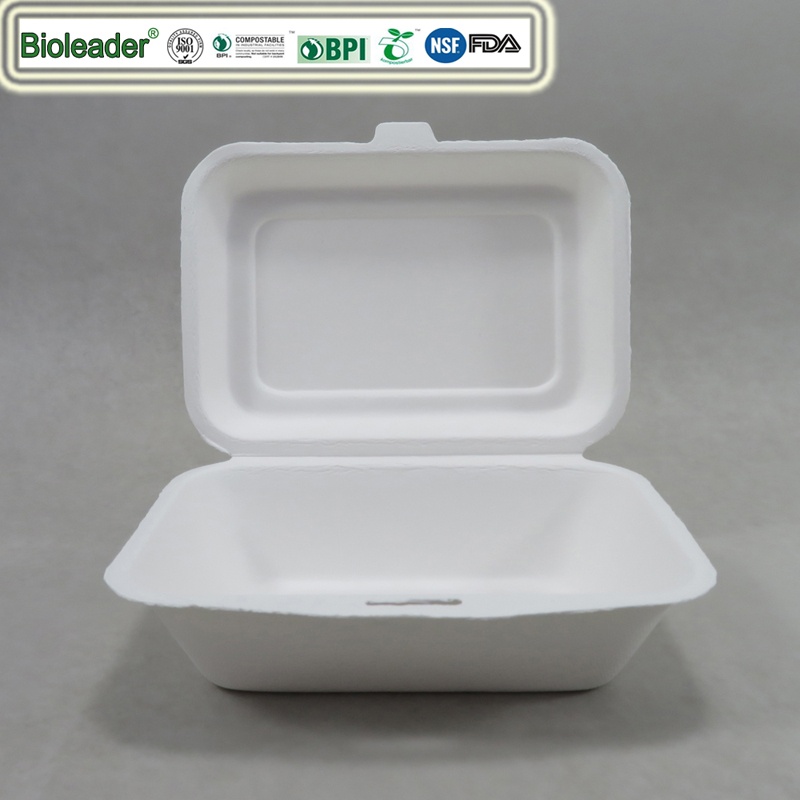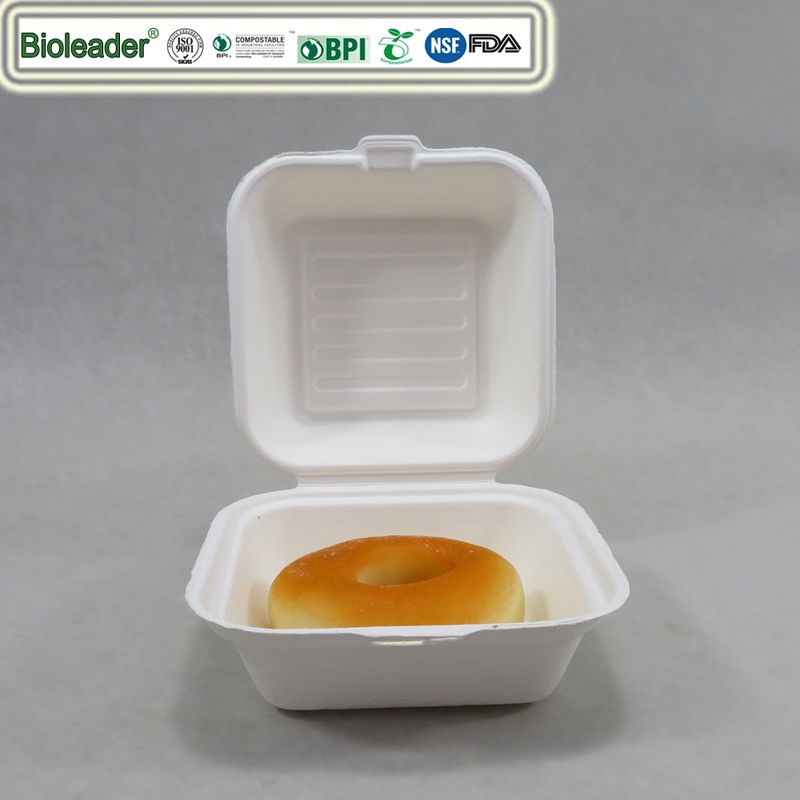In today’s world, when environmental issues are at the forefront of consumer awareness, companies and consumers alike are increasingly looking for sustainable alternatives to conventional packaging materials. This trend is expected to continue. Packaging made from sugarcane stands out as a viable candidate among the many environmentally friendly choices that are now being introduced to the market. Packaging made from sugarcane, which is derived from a renewable resource, is being praised for its potential to lessen our dependency on fossil fuels and to decrease the negative effect that it has on the environment. However, what it is that makes sugarcane packing environmentally friendly? In what ways does it differ from traditional materials used for packing, and what are the advantages and disadvantages of using it? The purpose of this blog is to provide a full review of sugarcane packaging and its role in the search for sustainable solutions. We will investigate these topics in further depth in the next blog post.

サトウキビの包装について知っておくべきこと
Packaging from sugarcane is formed from the fibrous residue, often known as bagasse, that is left over after the juice is extracted from sugarcane. Bagasse was traditionally seen as a waste product and was often thrown away or burnt whenever it was produced. However, technological advancements have made it possible for it to be transformed into a valuable raw material that can be used in the production of both biodegradable and compostable gxahrqloy.
To manufacture packaging items like plates, bowls, containers, and trays, the bagasse is first pulped, and then it is molded into a variety of shapes and sizes following the molding process. Not only are these items durable and adaptable, but they also provide an environmentally beneficial alternative to traditional materials such as plastic and Styrofoam, which are known for the environmental damage they do.
Beneficial Effects of Sugarcane Packaging on the Environment Sugarcane packaging is a renewable resource, which is one of the most significant benefits of using this material for packaging. Sugarcane, in contrast to polymers constructed from petroleum, is a crop that can be grown and harvested every year. Since of this, sugarcane packaging constitutes a more environmentally friendly alternative since it lessens reliance on limited fossil fuels.
サトウキビから作られた包装材は生分解性があり、有害な残留物を残すことなく、時間の経過とともに自然に分解される可能性がある。堆肥化できることも、サトウキビ包装を使用する利点のひとつである。さらに、生分解性であるため、工業用堆肥化施設で処理することで、豊富な栄養素を含む堆肥を生成することができる。これにより、土壌の健全性がさらに向上し、埋立地に送られるゴミの量を減らすことができる。

カーボンフットプリントの削減:プラスチックの製造と比較すると、サトウキビ包装の製造による炭素排出量は少ない。さらに、サトウキビの植物は成長過程を通じて二酸化炭素を取り込むため、サトウキビの加工時に発生する排出量の一部を補うことができる。このような配慮の結果、二酸化炭素排出量全体が削減されるのである。
バガスを包装に使用することで、農業廃棄物を埋立地や焼却場から遠ざけることができ、廃棄物を有用な商品にリサイクルする循環型経済の促進に貢献する。
従来の包装材料との類似点と相違点
以下は、サトウキビ包装と、プラスチックや発泡スチロールのような従来の素材との間に見られる最も重要な相違点である:
環境への影響 プラスチックと発泡スチロールは、環境に残留することで知られ、再生不可能な石油資源から生成される。プラスチックと発泡スチロールは環境を汚染する。分解が遅く、数百年かかることもあるため、公害の原因となり、動物にも有害である。一方、サトウキビの包装材は分解が非常に早く、さまざまな自然環境の生態系に自然に溶け込む。
一般的に言って、サトウキビ包装の製造に必要なエネルギー量は、プラスチックの製造に必要なエネルギー量よりはるかに少ない。そのため、環境への影響はさらに小さくなり、既存の他の選択肢よりもエネルギー効率の高い選択肢となる。
Even though the percentage of plastics that are recycled is increasing, a significant number of plastic items continue to be discarded in landfills or the ocean. In example, it is difficult to recycle Styrofoam, and that material is often dumped in an incorrect manner. Because it can be composted, sugarcane packaging provides a more environmentally friendly end-of-life choice, while contributing to the reduction of waste and the recovery of resources.
考察と克服すべき障害
Despite the many advantages it offers, sugarcane packing is nevertheless confronted with several difficulties:
The cost of producing sugarcane packaging may be more than the cost of producing typical plastic packaging. This is mostly due to the fact that the manufacturing process is more complicated and the scale of production that is currently being used. Economies of scale may be able to assist in lowering these costs if both the demand and manufacturing capacities continue to expand.
堆肥化インフラ:サトウキビの包装は堆肥化することができるが、工業用堆肥化施設の数が限られている場所がいくつかある。このため、これらの品目の処分や堆肥化が難しくなり、その結果、埋立地に投棄され、分解が遅れる可能性がある。
サトウキビ包装はかなり耐久性があるにもかかわらず、プラスチックの性能、特に耐湿性や耐久性を必ずしも満たせない場合がある。そのため、湿気の多い場所や長期保存など、状況によっては使用が制限されることもある。
サトウキビの包装:将来の展望
環境意識の高まりと、環境に優しい商品を求める消費者の願望に後押しされているのだから。材料科学分野における継続的な研究と技術革新の結果、サトウキビ包装はその性能と費用対効果の両方が改善され、より幅広い用途で実行可能なソリューションになると予想される。
An increasing number of companies in a wide range of industries are already including sugarcane packaging into their efforts to reduce their environmental impact. Sugarcane packaging is excellent for a broad variety of goods because of its adaptability, which allows it to be used for a variety of industries, including food service and retail, cosmetics, and electronics. By using sugarcane packaging, businesses not only have the opportunity to lessen their influence on the environment, but they can also align themselves with the rising desire of consumers for environmentally friendly solutions.

最終的な感想
In conclusion, the packaging made from sugarcane marks a big step forward in the quest toward environmentally friendly packaging solutions. Because of its positive effects on the environment, as well as its ability to cut down on waste and carbon emissions, it is an appealing alternative to the materials that are typically used. It is expected that continuous innovations and growing acceptance will drive additional improvements in the feasibility and availability of sugarcane packaging, even though obstacles still exist. With consumers and companies continuing to place a greater emphasis on sustainability, sugarcane packaging is well positioned to play a significant part in the development of environmentally friendly packaging in the future.
関連商品

サトウキビバガスハンバーガーボックス



